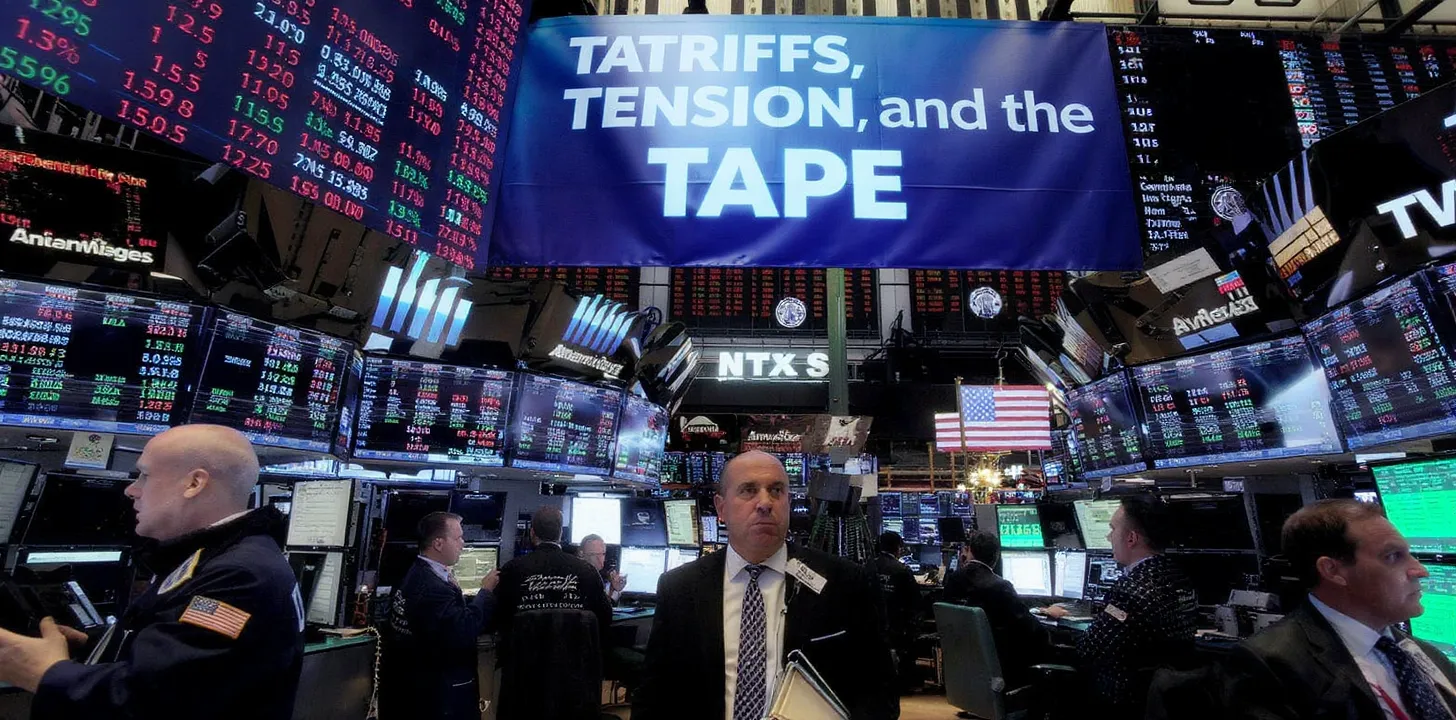Harnessing Long-Term Moving Averages to Identify and Ride Market Trends
Navigating the financial markets can be an intimidating task, especially for new traders overwhelmed by constant price fluctuations. One of the simplest yet most powerful tools available to cut through the noise is the moving average (MA). By focusing on long-term moving averages, such as the 200-day moving average (200-day MA) and sometimes the 100-day moving average (100-day MA), traders can gain a clearer view of a market’s underlying trend. In this blog post, we will examine how to interpret long-term moving averages to identify trend directions, discuss actionable momentum strategies, and highlight potential pitfalls to avoid.
1. Understanding Long-Term Moving Averages
Long-term moving averages track average price levels over extended periods—commonly 100 or 200 days for daily charts. Because they smooth out short-term market noise, these longer-term MAs provide traders and investors with a broader perspective on market direction.
200-Day Moving Average (200-day MA)
Often considered the gold standard for long-term trend analysis, the 200-day MA highlights the market’s bigger-picture trajectory. When a stock or index price is above the 200-day MA, it suggests a bullish trend; conversely, trading below it indicates a bearish trend.
100-Day Moving Average (100-day MA)
Slightly shorter in scope, the 100-day MA still offers a long-term view but reacts more quickly to market changes than the 200-day MA.
2. Identifying the Trend with Long-Term MAs
Traders often use long-term MAs as a trend filter. Here’s how you might apply them:
Above the 200-day MA:
- Bullish Bias: The market is exhibiting an upward trend if price consistently closes above its 200-day MA.
- Buying Dips: Many traders will look to buy near the 200-day MA or when price bounces off it, assuming the overall uptrend remains intact.
Below the 200-day MA:
- Bearish Bias: The market is in a downtrend if the price remains below the 200-day MA.
- Selling Rallies: Traders may look to short-sell near this moving average, anticipating that it will act as a resistance level.
Crossing the 200-day MA:
- Potential Trend Reversal: A significant crossover of the price through the 200-day MA can signal a change in the long-term trend, warranting additional scrutiny and caution.
3. Actionable Momentum Strategies
Strategy A: MA Crossover with a Long-Term MA
Indicator Setup:
Use two moving averages: a shorter-term MA (say the 50-day MA) and a long-term MA (200-day MA).
Buy Signal:
- When the 50-day MA crosses above the 200-day MA (often called the “Golden Cross”), it implies a potential shift from bearish or sideways to bullish momentum.
Sell Signal:
- When the 50-day MA crosses below the 200-day MA (often called the “Death Cross”), it suggests a reversal from bullish to bearish momentum.
Strategy B: Trend-Following Pullback
Trend Confirmation:
- Ensure the price is above the 200-day MA for a bullish setup.
Entry Condition:
- Enter a long position when the price dips toward the 200-day MA but shows signs of support (e.g., candlestick reversal patterns or oversold signals on oscillators like RSI).
Stop-Loss Placement:
- Place a stop-loss slightly below recent swing lows or the 200-day MA to manage risk.
4. Risk Management and Position Sizing
- Risk-Reward Ratio: Always define a favorable risk-reward ratio (e.g., 1:2 or 1:3). If you risk 1% of your capital per trade, aim to gain at least 2-3% on winning trades.
- Stop-Loss Discipline: Long-term MAs can still be whipsawed in volatile markets. Use a well-placed stop-loss that factors in average true range (ATR) or recent swing points to avoid getting stopped out by normal price fluctuations.
- Position Sizing: Adjust position sizes in relation to the volatility of the asset. Higher volatility may warrant smaller position sizes to maintain consistent risk levels.
5. Potential Pitfalls
- False Breakouts: Markets often exhibit short-term volatility that can cause the price to breach a moving average temporarily. Confirm breakouts by waiting for additional price action or technical confirmation (volume spikes, multiple closes above/below the MA).
- Late Entries: Long-term MAs can lag, and by the time they signal a trend change, a significant part of the move might already be over. Combining long-term MAs with other indicators can improve timing.
- Ignoring Fundamentals: While technical tools are invaluable, ignoring macroeconomic events, earnings reports, or geopolitical developments may lead to missed context or unexpected drawdowns.
Conclusion
Long-term moving averages offer a powerful lens through which to view market trends, reducing the noise that can cloud shorter-term charts. Incorporating them into a well-structured trading plan—complete with sound risk management—can help traders capitalize on strong moves, avoid choppy periods, and boost overall trading consistency.



